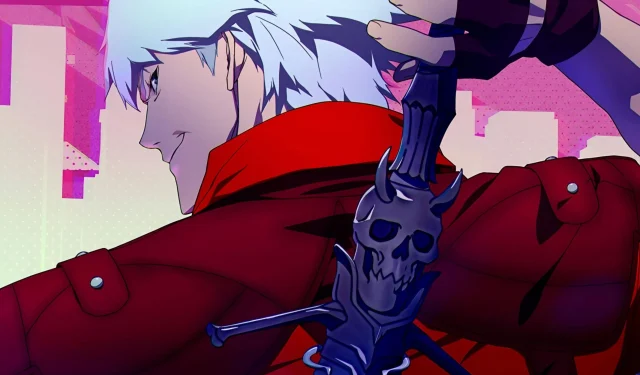Overview
- Adi Shankar’s adaptation of the Devil May Cry series on Netflix delivers thrilling action while embracing Dante’s iconic charm.
- Outstanding animation, particularly in Episode 6, evokes deep emotions and elevates the storytelling.
- Although the narrative diverges from the games, it constructs a compelling foundation featuring well-developed characters and captivating backstories.
Adi Shankar, renowned for his exceptional work on Netflix’s animated Castlevania series, which is widely celebrated as a premier video game adaptation, has now turned his attention to another beloved franchise: Devil May Cry. Following the conclusion of Castlevania, fans eagerly anticipated Shankar’s next project, leading to the announcement of this much-anticipated TV adaptation of the iconic video game series.
Initially announced in 2018, the Netflix adaptation of Devil May Cry has now been released, showcasing a first season consisting of eight action-filled episodes. True to the franchise’s spirit, the series dives right into the action, introducing viewers to the dynamic demon-slaying protagonist, Dante, almost immediately. With a blend of creativity and artistry, Studio Mir has breathed life into the Devil May Cry universe with an animation style that exceeds expectations.
Netflix’s Devil May Cry: An Action-Packed Adventure
Uninterrupted Action Sequences
The devilishly intricate world of Devil May Cry features a layered origin story for Dante. Instead of a slow build-up, the Netflix series immerses viewers in intense action right from the start. Dante’s explosive entry in the first episode sets an electrifying tone, and the synchronization of his gunfire with the soundtrack promises fans an exhilarating experience ahead.


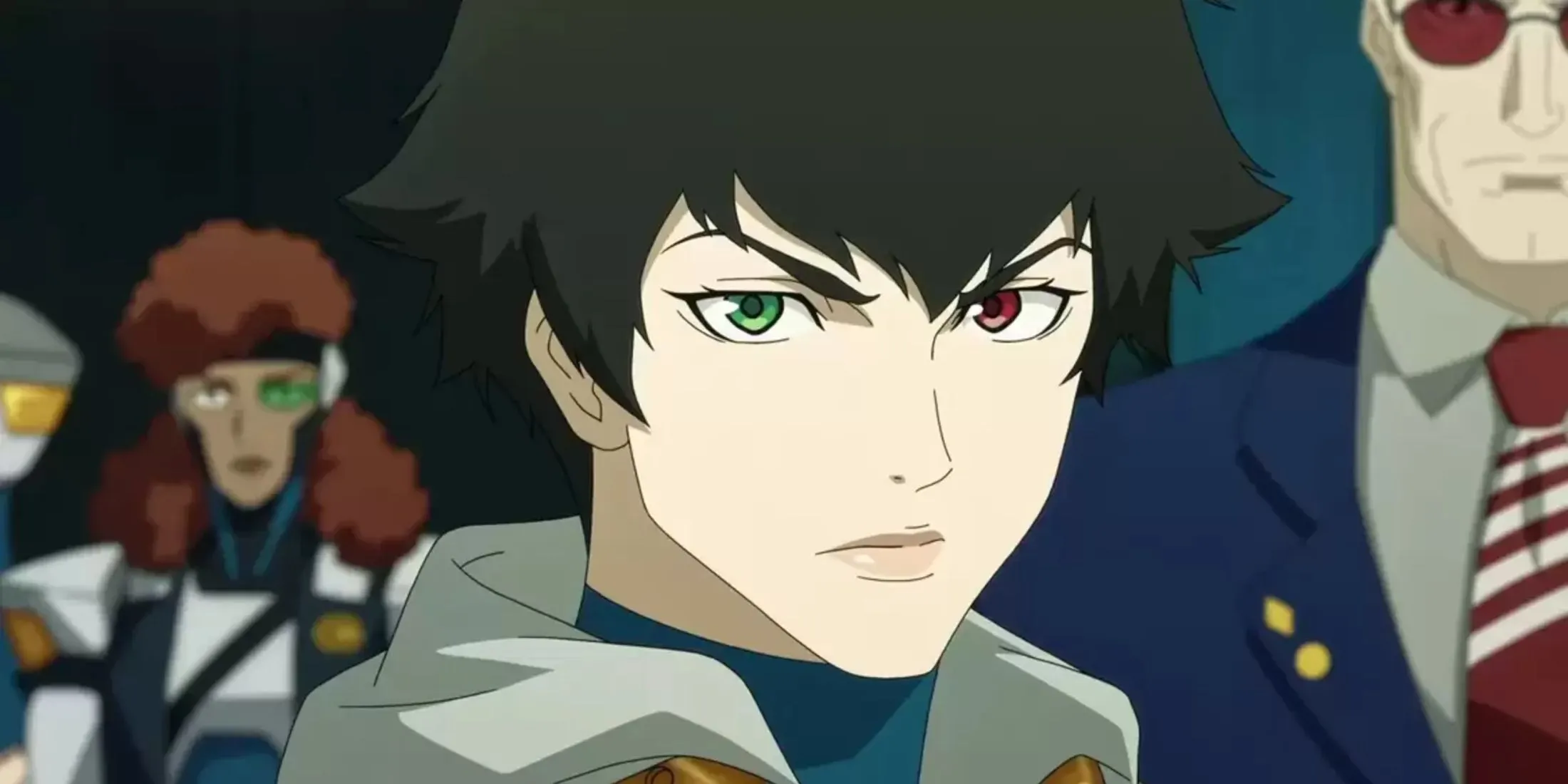
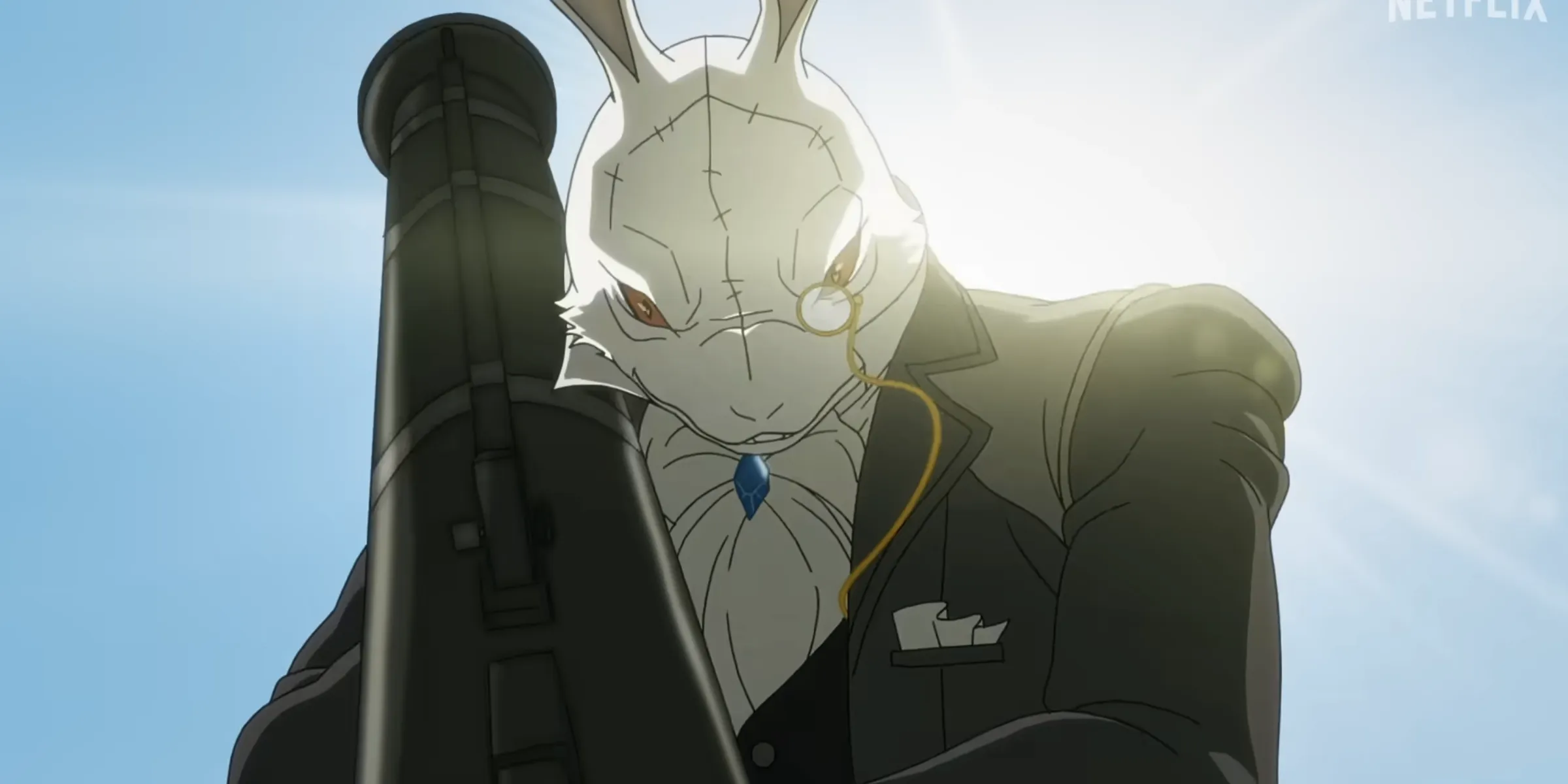

Studio Mir has surpassed expectations with its stunning animation throughout the season. The choreography and fluidity of action sequences provide a thrilling homage to the source material known for its dynamic gameplay. The animation successfully reflects the intensity and flair of a classic DMC game, delivering an experience that is anything but mundane. Dante shines through as one of gaming’s coolest characters, and the series amplifies his charisma—with powerful beings acknowledging his charm during jaw-dropping moments.
While some animation choices vary, Episode 6 stands out with its bold approach to storytelling. This episode showcases stunning visuals and remarkable direction, emphasizing character depth rather than action. The absence of dialogue in this installment transforms it into a visual narrative that leverages its art to convey emotions, making it a standout moment in the series as it explores the interconnectedness of the characters Mary Arkham and the White Rabbit.
As we step into 2025, it’s fair to assert that Episode 6 may rank among the year’s finest animated segments, artistically transcending the traditional storytelling medium.
Devil May Cry’s Rich Narrative Journey
A Solid Narrative Foundation
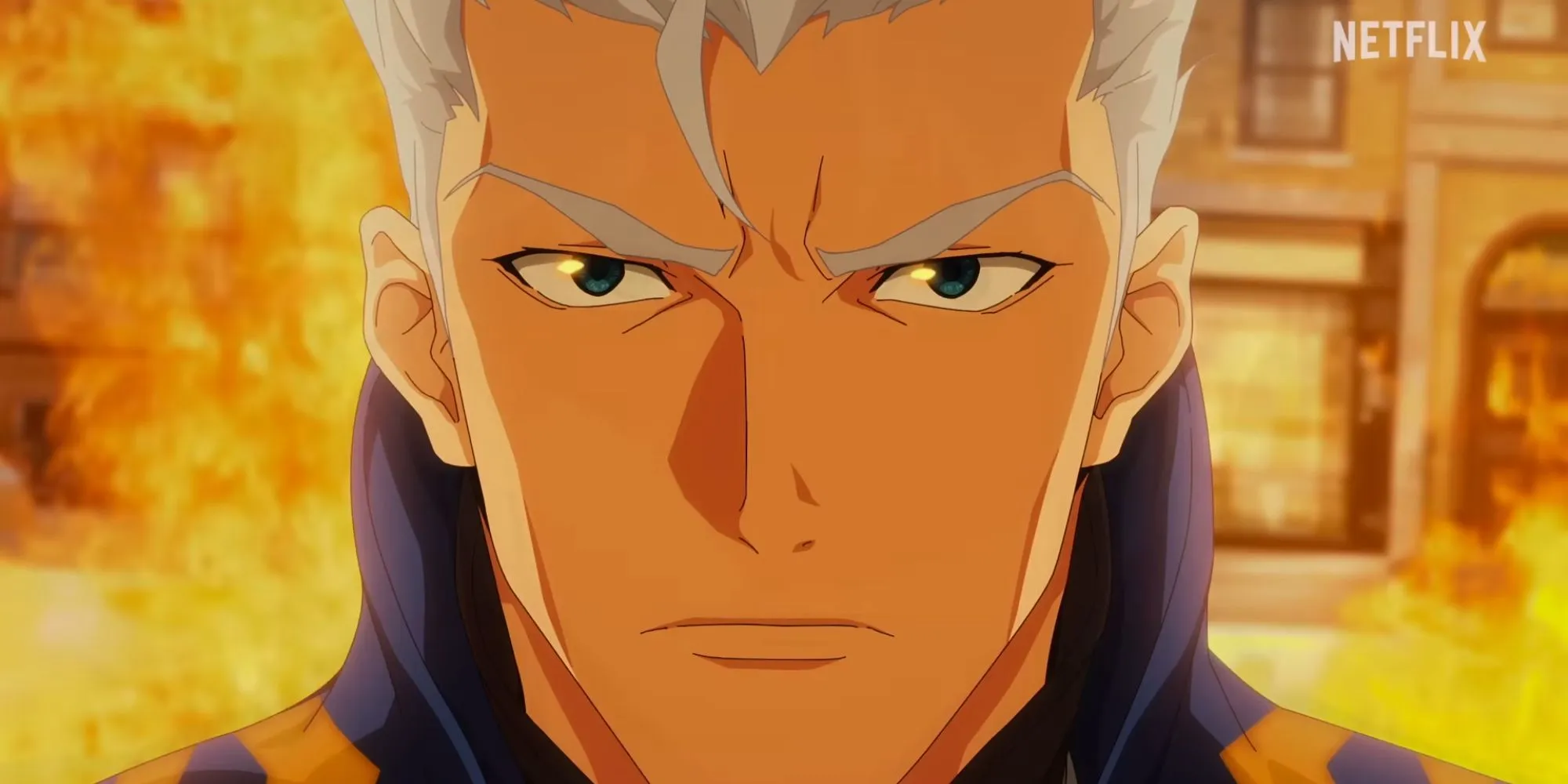
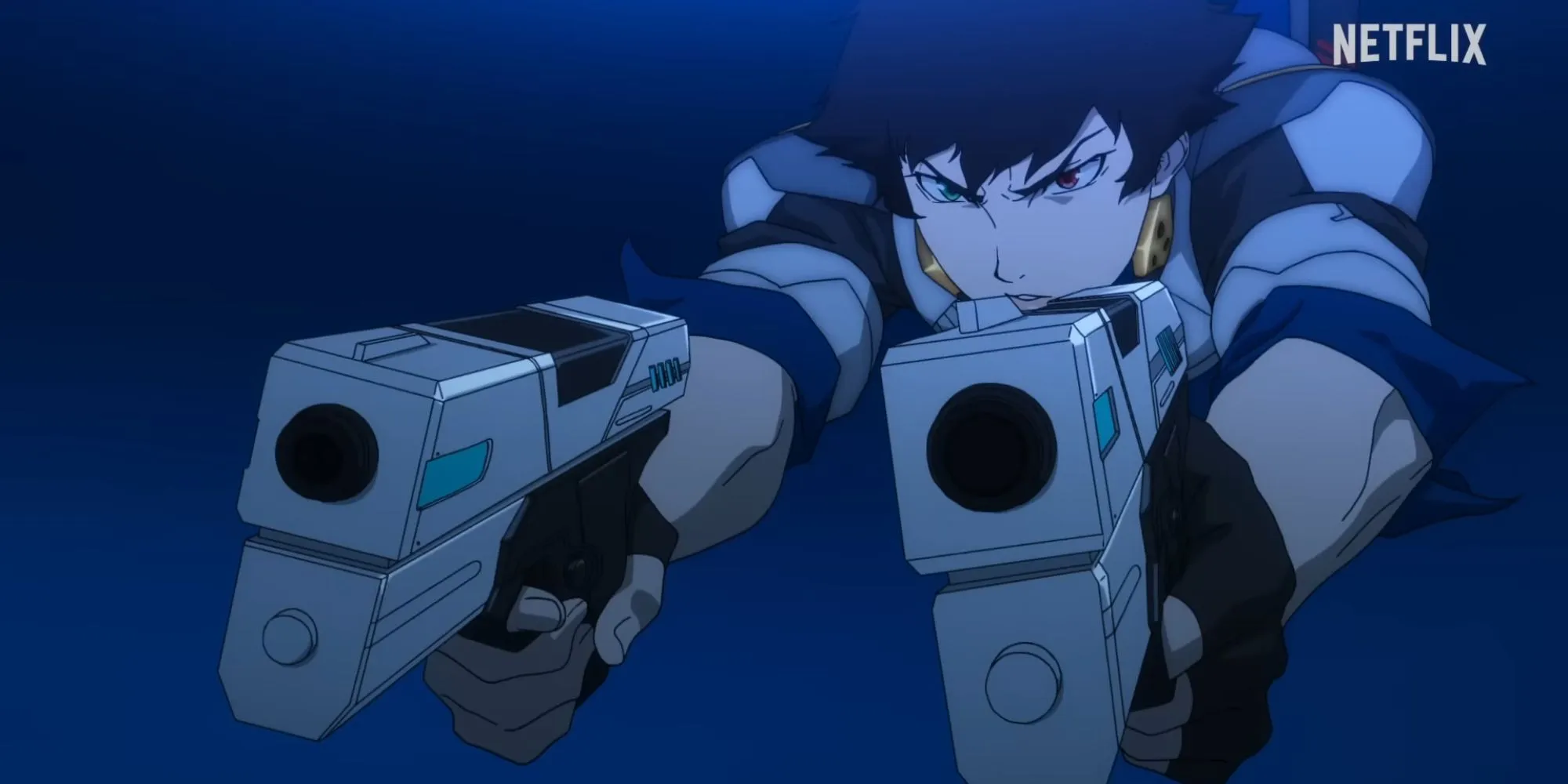
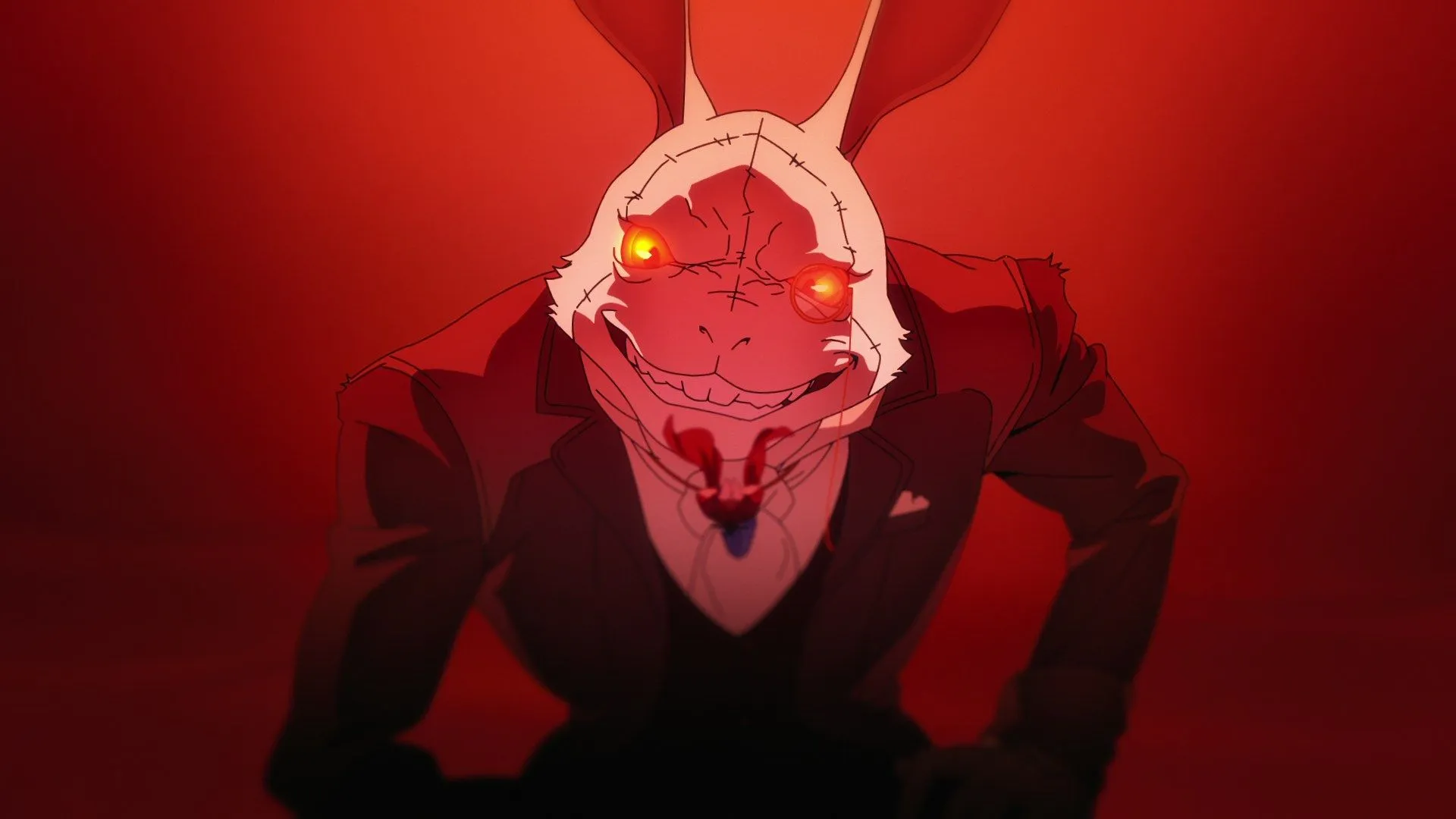
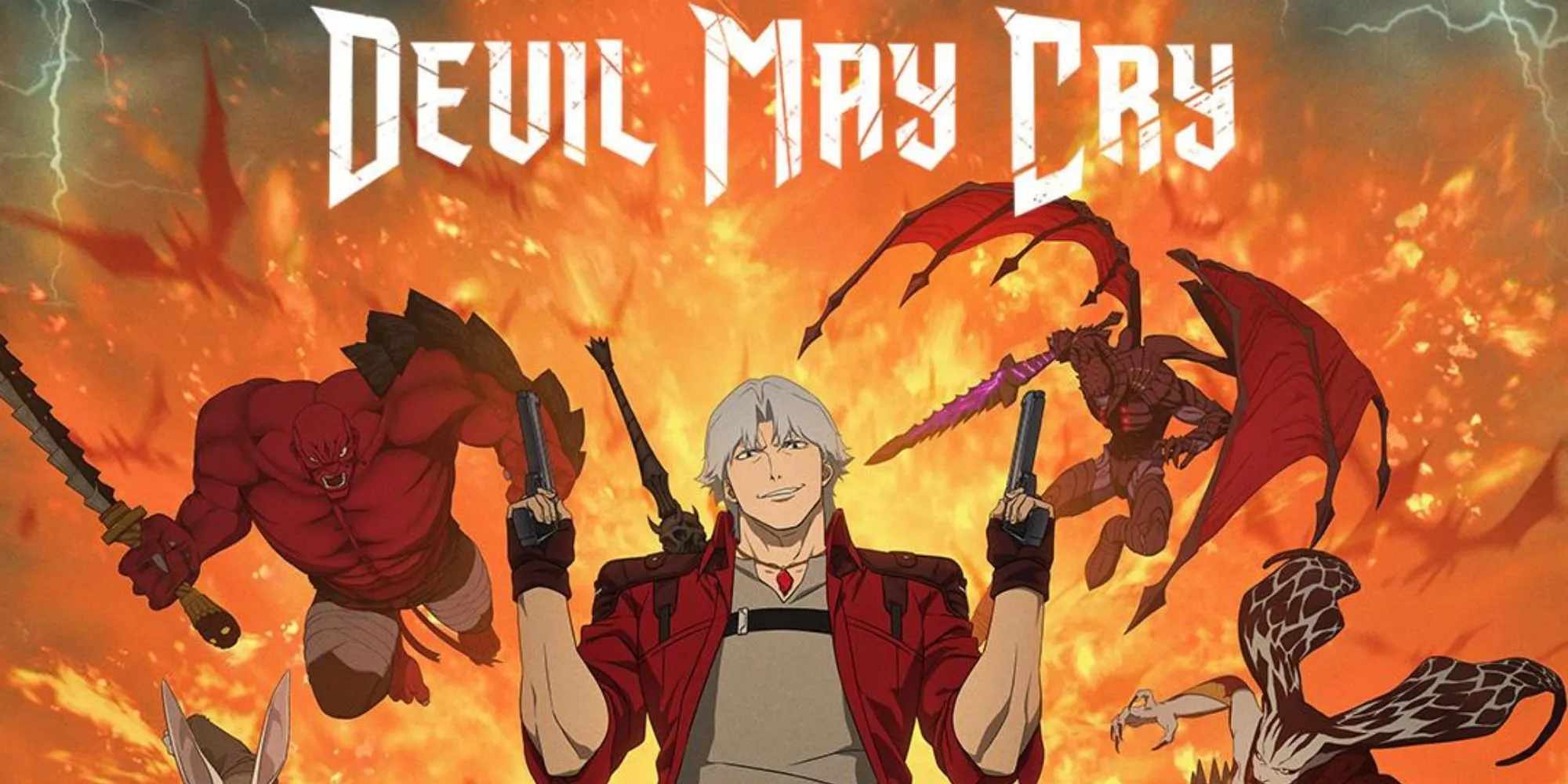
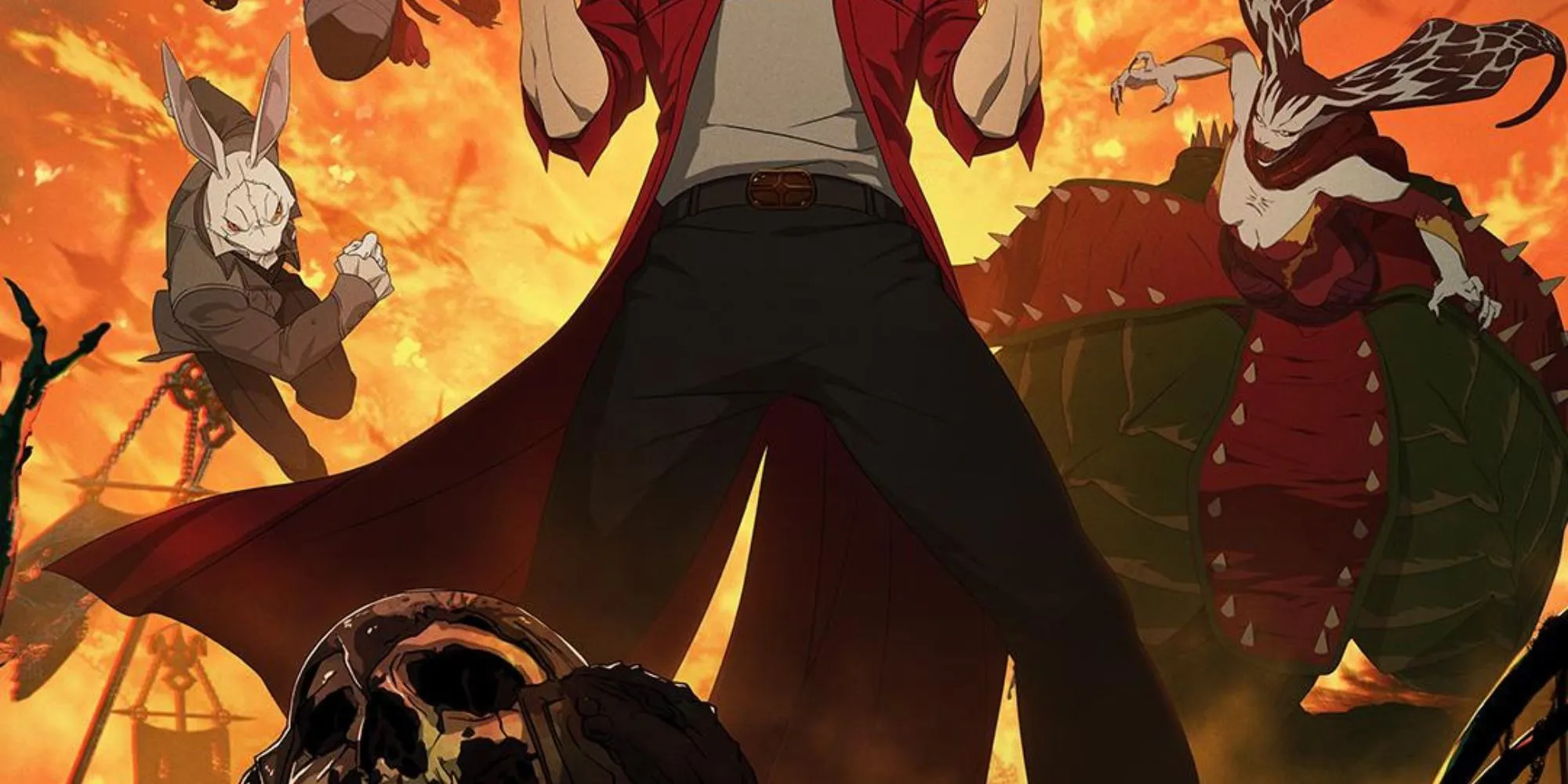
While the Netflix adaptation takes creative liberties with the narrative, diverting from the original video game storyline, it constructs a captivating narrative that resonates with both new and longstanding fans. While some may long for faithfulness to the video games, others can appreciate the fresh perspective on Dante’s journey. The series effectively lays a solid groundwork for future seasons and character arcs.
Despite the brevity of eight episodes, the characters introduced are fleshed out, particularly Dante. His cheeky personality is undeniably engaging, though some aspects of his backstory could benefit from further exploration. The series strives to balance action with emotional depth, but at times, establishing an emotional connection with Dante seems elusive.
“I’ll take any job that pays, especially if it involves killing demons. Just as long as I don’t have to care.”- Dante.
In stark contrast, the backstories of Mary Arkham and the White Rabbit are notable highlights, weaving a tapestry of personal struggles and motivations. The series deftly illustrates the complexities of morality, offering insights that challenge the notion of absolute good and evil. Viewers witness Mary’s deep-seated hatred for demons and the sympathy prompted by the White Rabbit’s tragic history, culminating in a powerful narrative that forces the audience to empathize with both characters.


The elegant writing raises questions about the White Rabbit’s true nature, revealing a character shaped by loss and hardship. Striving for balance between worlds, he becomes a tragic figure rather than a conventional villain. While the animation dazzles and the action is relentless, the narrative does not rush, allowing character arcs to develop.
Season 1 encapsulates an engaging blend of action sequences and character progression, albeit with some narrative weaknesses. Notably, Dante’s Devil Trigger did not hit the mark as effectively as fans might have hoped. Despite these shortcomings, the series establishes a promising foundation for Dante’s ongoing saga, with intriguing teases of upcoming characters like Virgil and Mundus. As anticipation builds for a potential second season, audiences remain hopeful for continued exploration of these rich narratives.
